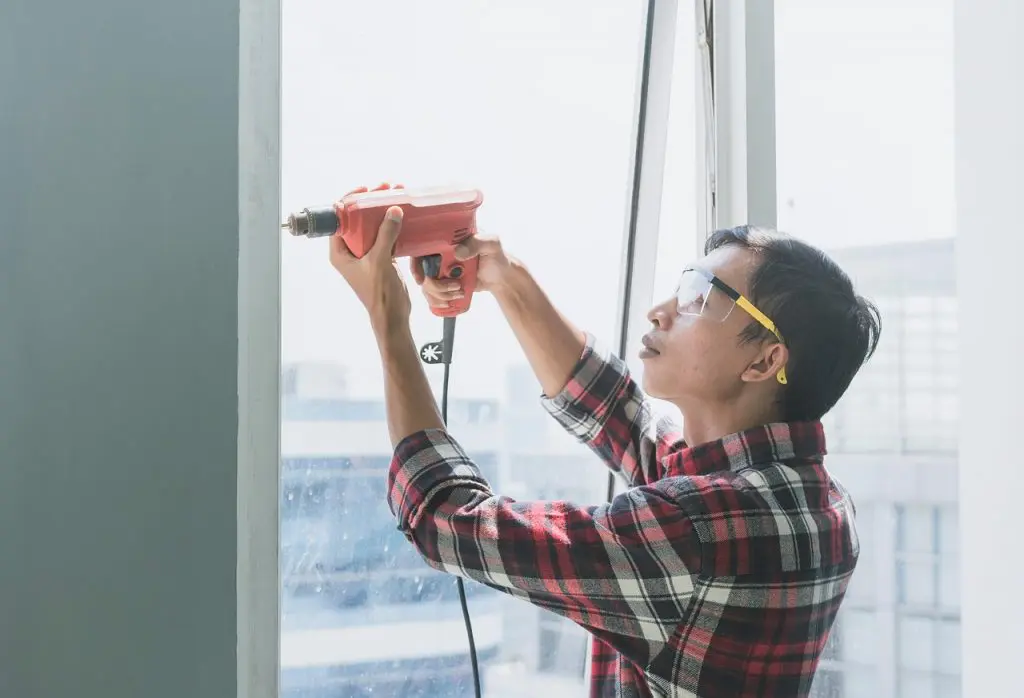
Home Safety Measures When Caring for the Elderly
- Prevent Falls and Accidents: Ensure homes have secure handrails, slip-proof strips on stairs, uncluttered walkways, bathroom grab bars, and elevated toilet seats, with adequate lighting throughout (especially on stairways and exterior paths) to minimize fall risks.
- Leverage Smart Technology: Install emergency response systems with fall detection capabilities, Wi-Fi enabled water sensors to prevent flooding, smart smoke/carbon monoxide detectors, and consider home security systems with cameras to provide both protection and peace of mind.
- Maintain Accessibility and Organization: Keep emergency contact numbers visible on the refrigerator, ensure clear pathways between bed and bathroom with nightlights, install multi-level light switches, and maintain a clutter-free environment with no electrical cords across walkways.
Helping a loved one fulfill their wish to stay living at home can be very rewarding. You are helping your parents maintain the quality of life that they want to have.

This comprehensive home safety checklist provides families with practical solutions to prevent accidents and promote independence for aging loved ones. By implementing these senior home safety measures, you can help your parents maintain the quality of life they desire while ensuring their wellbeing.
Exterior Home Safety
The safety of your loved one begins before they even enter their home. Exterior areas present unique hazards that can be easily addressed with proper planning and maintenance.
- Stairs have slip-proof strip
- Handrail on stairs is secure
- Well-lit area around path leading to door – consider motion sensor lighting
- Path around house is clear of debris, branches and leaves
- No cracks in pavement leading to door or around house
- Peephole in door for seeing visitors before opening door
- Garbage bins have wheels for easy towing to curb
- Home security system installed – perhaps consider one that includes security cameras
- Advertise any home security system that is installed (some people put up the stickers regardless of whether they have the system or not!)
Kitchen Safety
The kitchen can be one of the most hazardous rooms for seniors with memory issues or mobility challenges. These safety measures help prevent common kitchen accidents while promoting independence.
- Appliances in working order
- Keep a list of emergency contact numbers on the fridge
- Are you starting to worry that your parent might turn on an appliance and forget about it? If so, consider a monitoring system that uses sensors for placement on appliances.
- Want to guard against flooding? Consider a smart Wi-Fi enabled water sensor that can detect leaks and flooding around sinks, dishwashers, and washing machines.
Living Room Safety
Creating clear pathways throughout living spaces is one of the most important aspects of senior home safety. Falls among older adults often occur in common living areas due to preventable hazards.
- Uncluttered walkways
- No tattered area rugs
- No objects on the floor which shouldn’t be on the floor (e.g. newspapers, magazines, clothing, etc.)
Bathroom Safety
The bathroom presents unique safety challenges for seniors. According to the National Institute on Aging, installing specific safety features can significantly reduce fall risk in this high-danger area.
- Grab bars in shower stall or near bathtub
- Grab bar near toilet
- Elevated toilet seat
- Tub seat or tub mat to avoid slips
- Consider a “smart” wifi enabled water sensor that can detect leaks and overflowing around sinks and bathtubs
Bedroom Safety
Creating a safe sleeping environment helps prevent nighttime falls and ensures help is accessible when needed.
- Phone is near the bed
- Clear path between bed and bathroom
- Nightlight if needed
- Bedrail in place for those needing help getting up
Stairway Safety
Falls on stairs can be particularly dangerous for seniors. These safety measures help prevent one of the most common causes of serious injury among older adults.
- Railing secure
- Well lit
- No items left on stairs
- Light switches at top and bottom of stairs
Additional Home Safety Measures
These additional safety features enhance overall security and emergency preparedness throughout the home.
- Is it time to install an emergency alert system? Lifeline and other home monitoring systems now have an added feature for fall detection
- There is a smoke detector on every floor of the home. Consider upgrading to a smart Wi-Fi connected smoke and carbon monoxide detector
- Smoke detectors checked twice a year during daylight savings time changes
- All lights in working order with easy access to switches
- House is free of rodents and bugs that could present health hazards
- System in place for disposal of garbage, recycling and compost
- Doorbell works and is audible throughout the home
- No electrical cords run across walkways, under rugs, or across doorways
- All exterior doors have a deadbolt lock for security
- First-Aid Kit and Earthquake Kit readily accessible but out of the way
By implementing these senior home safety measures, you can help your aging loved ones maintain their independence while providing peace of mind for the entire family. For more information about aging in place or professional home care services, visit our senior care planning resources or contact our Vancouver home care team for personalized assistance.
